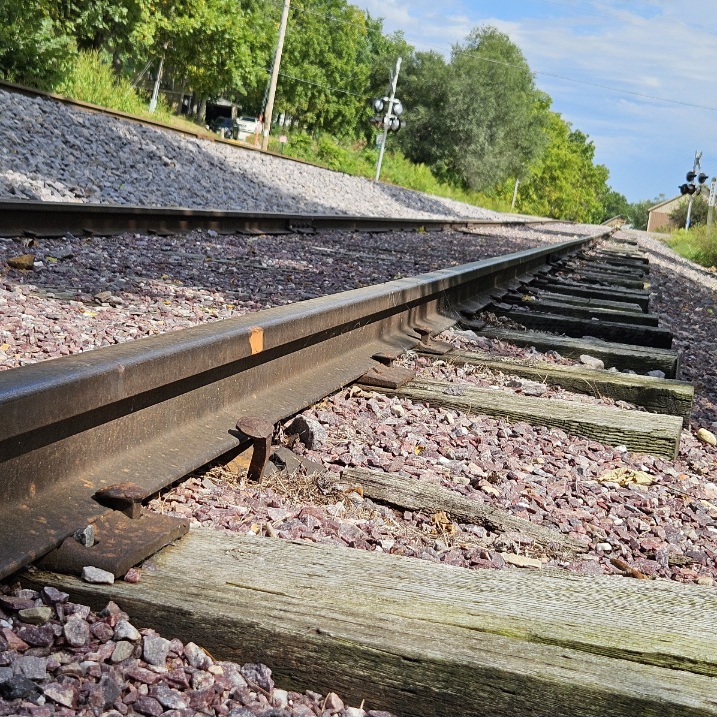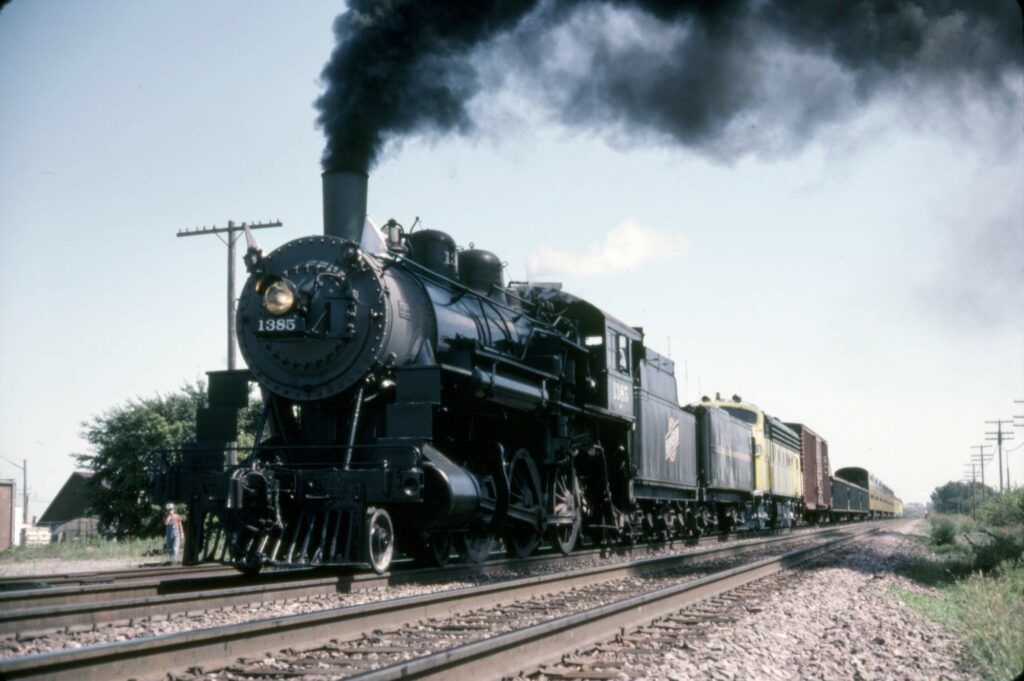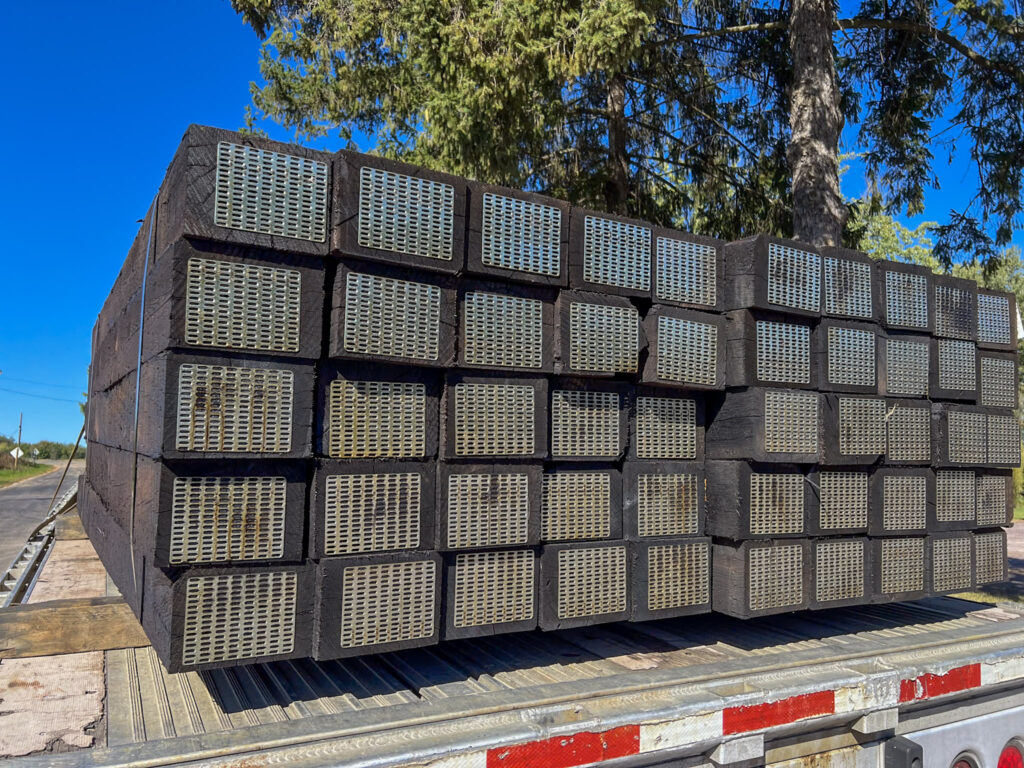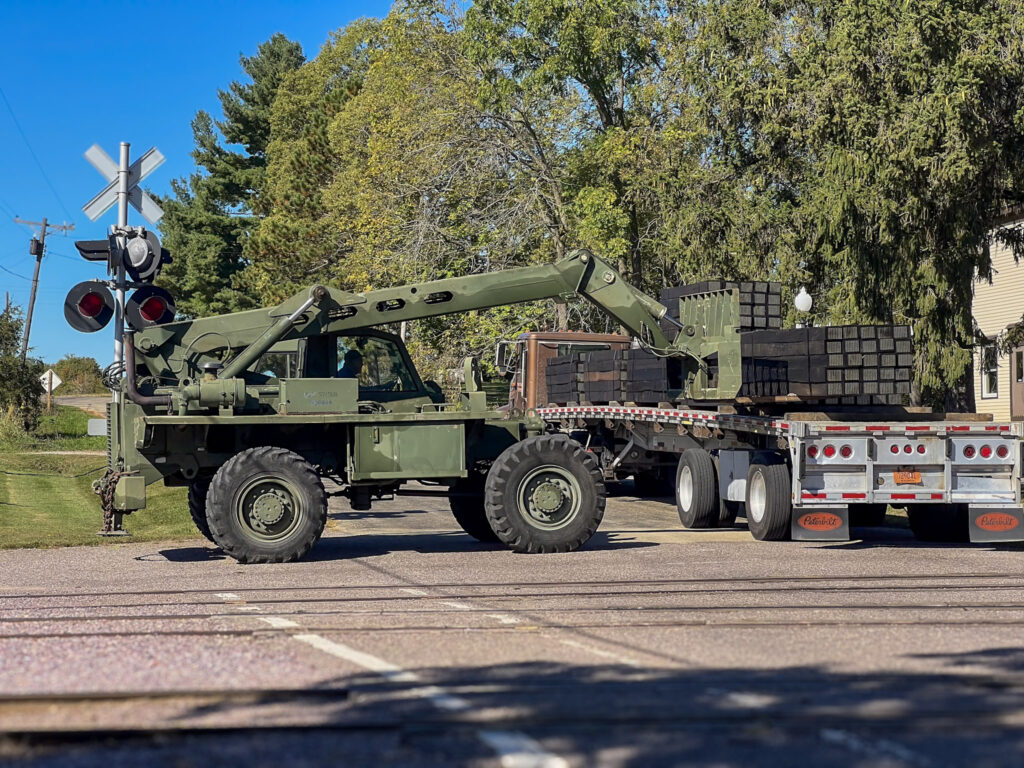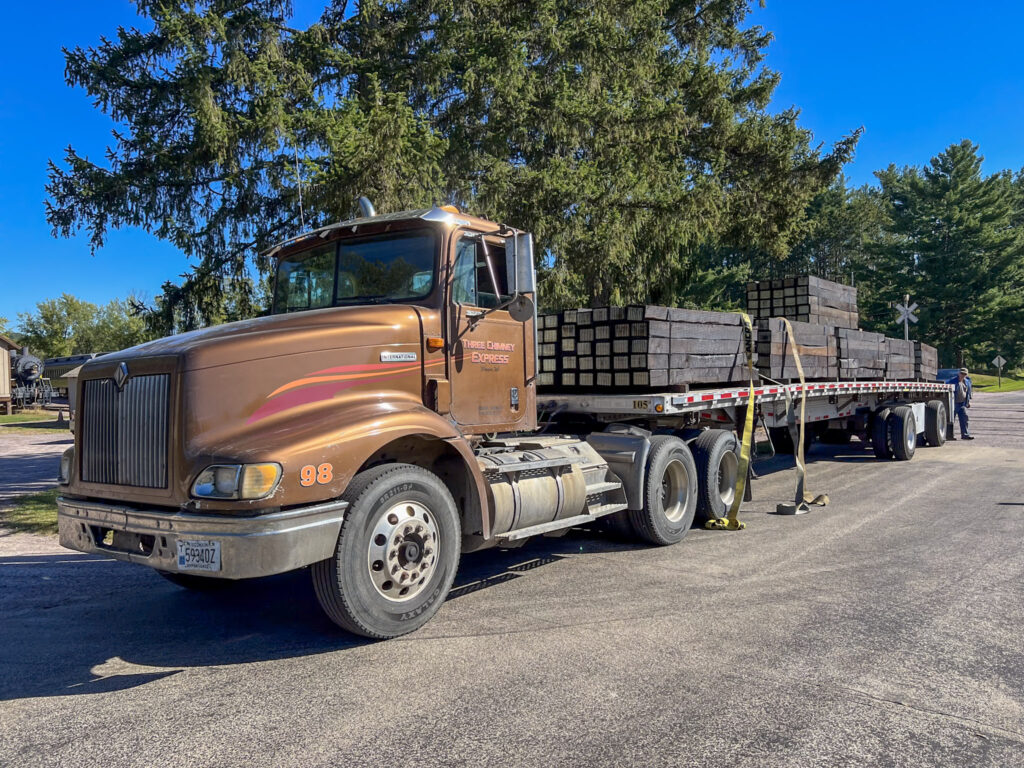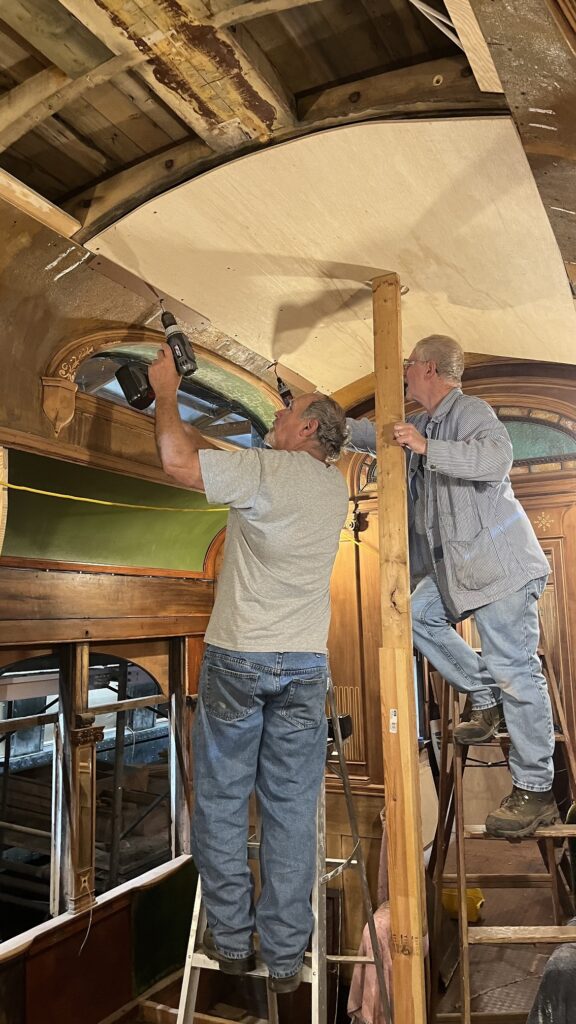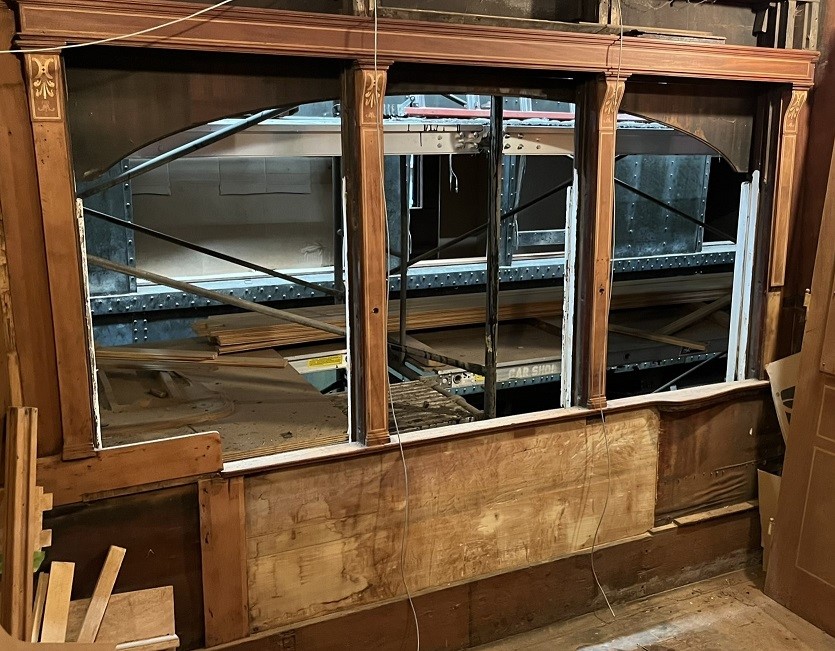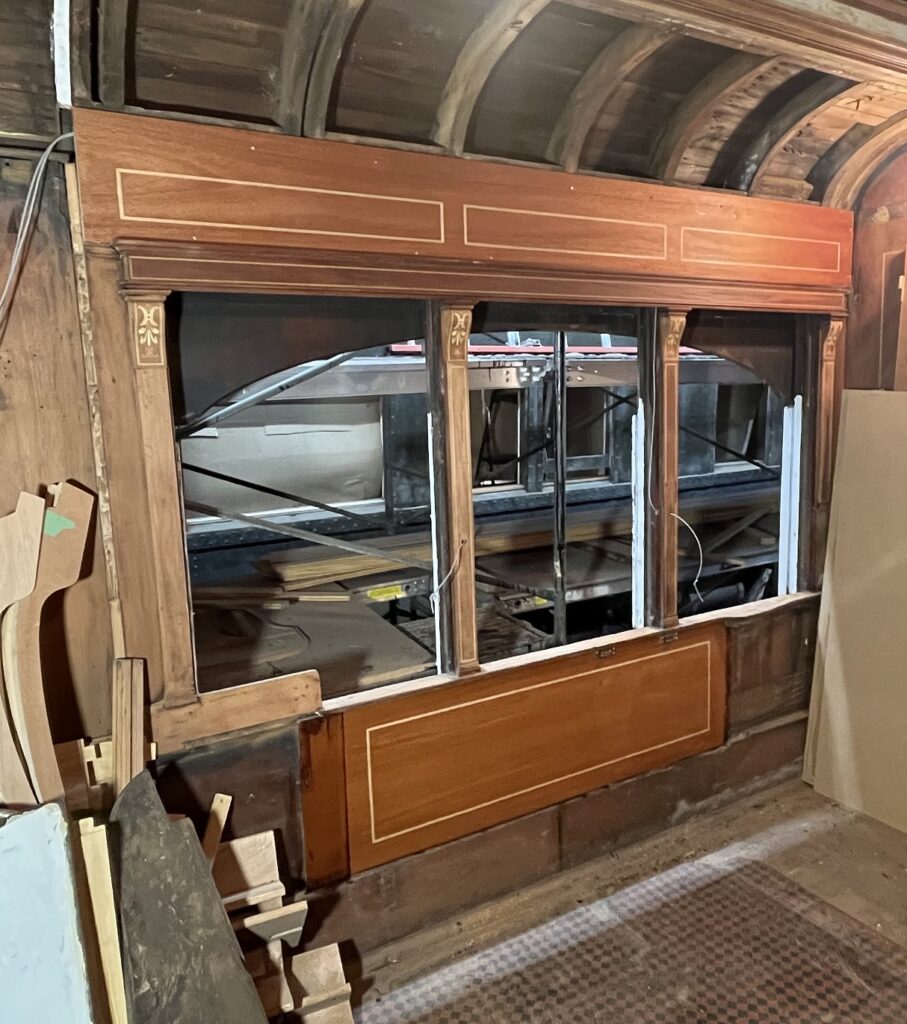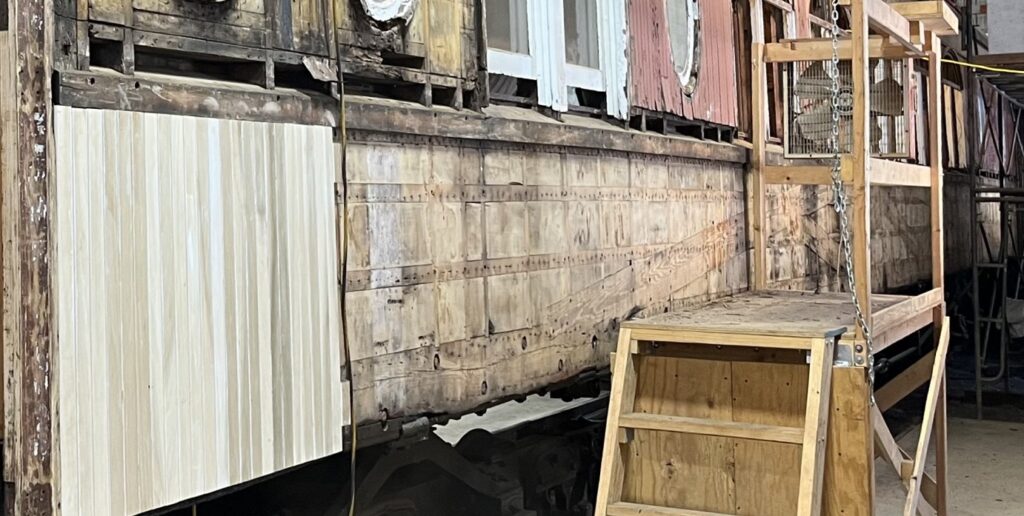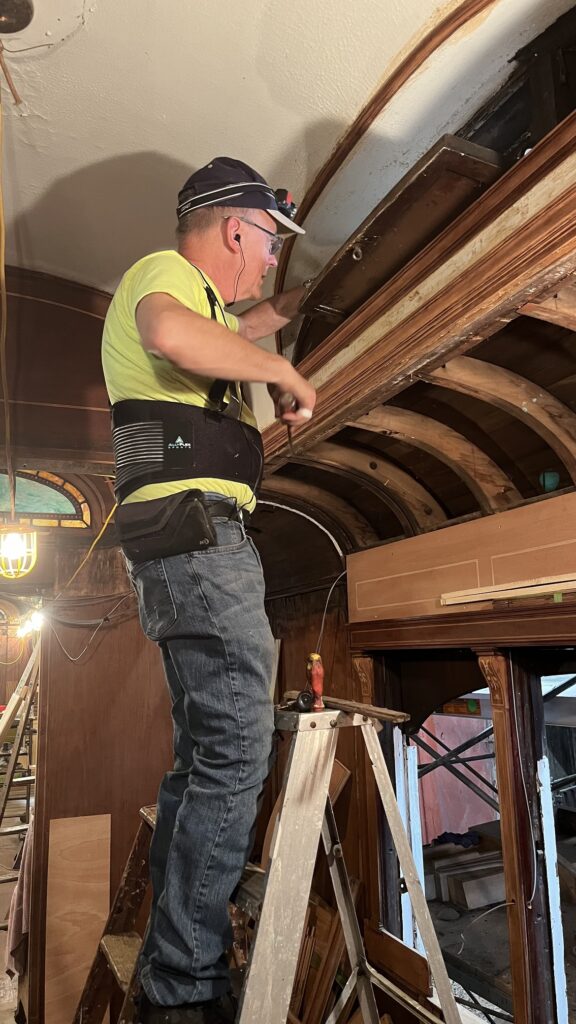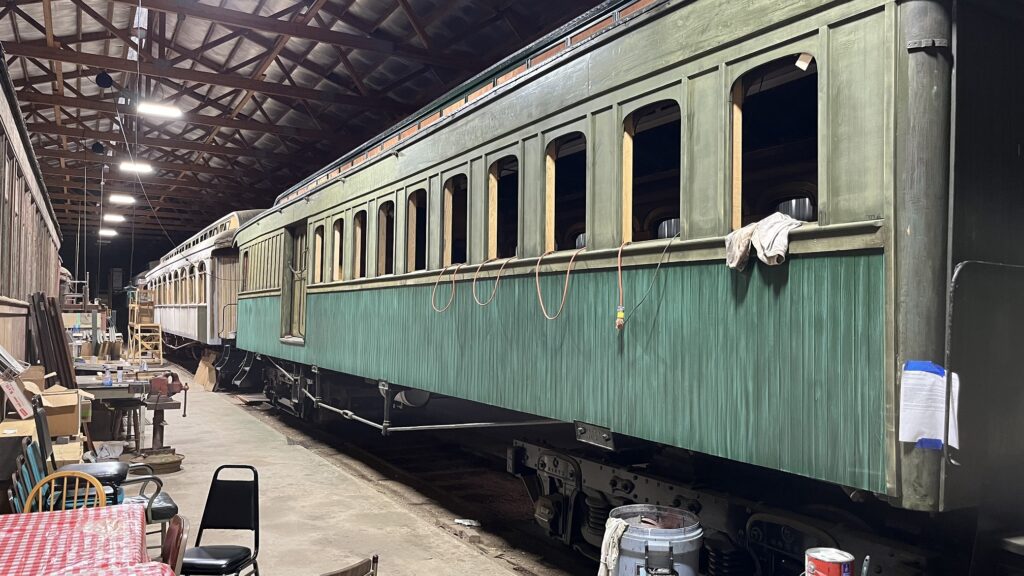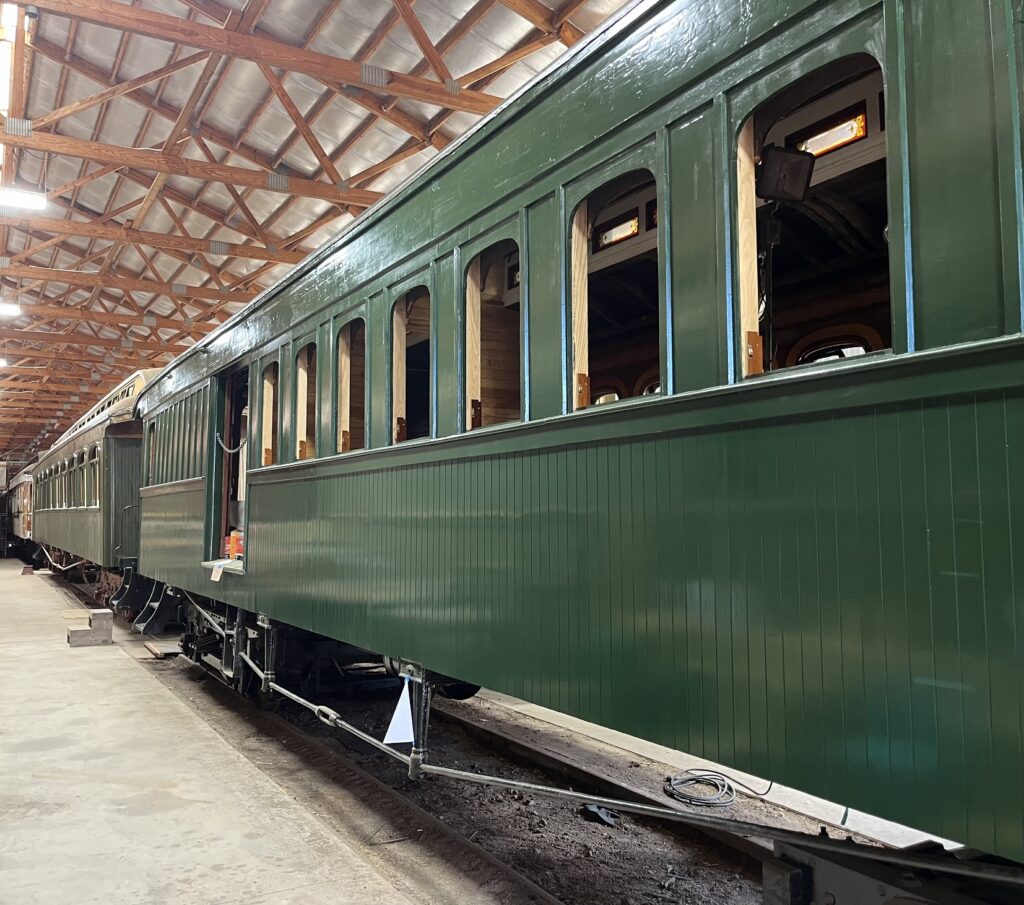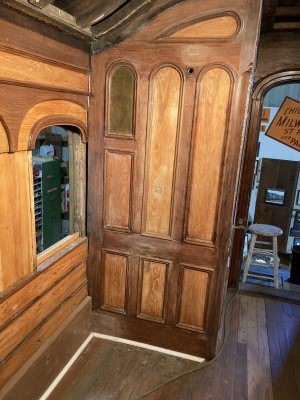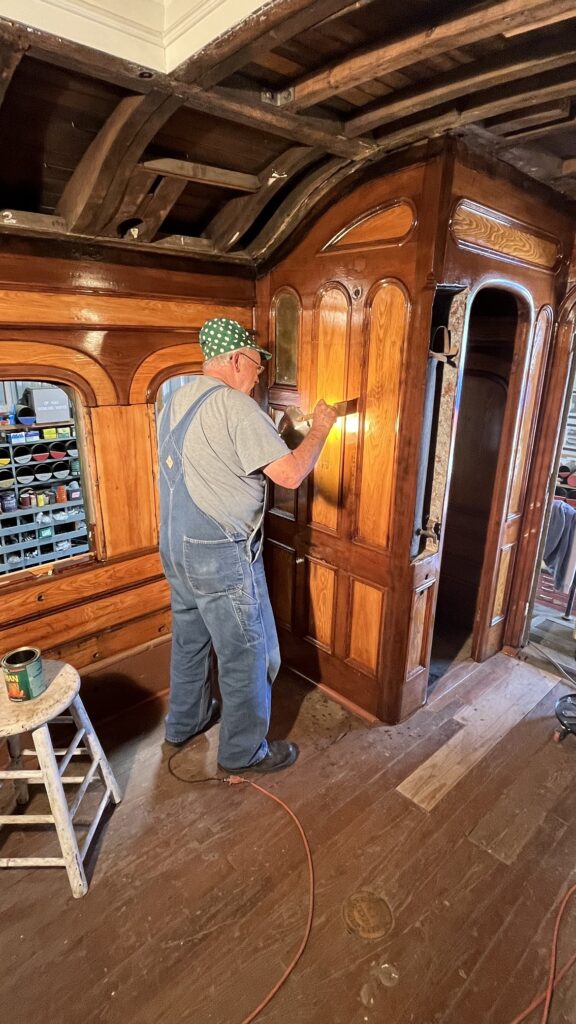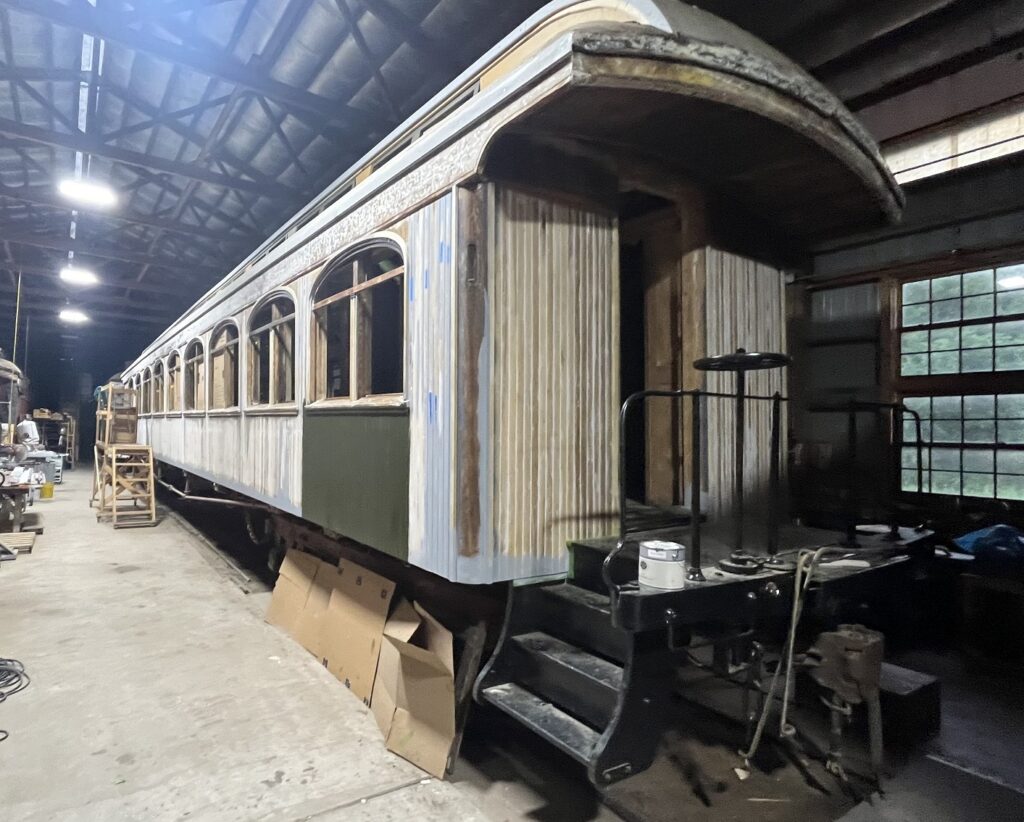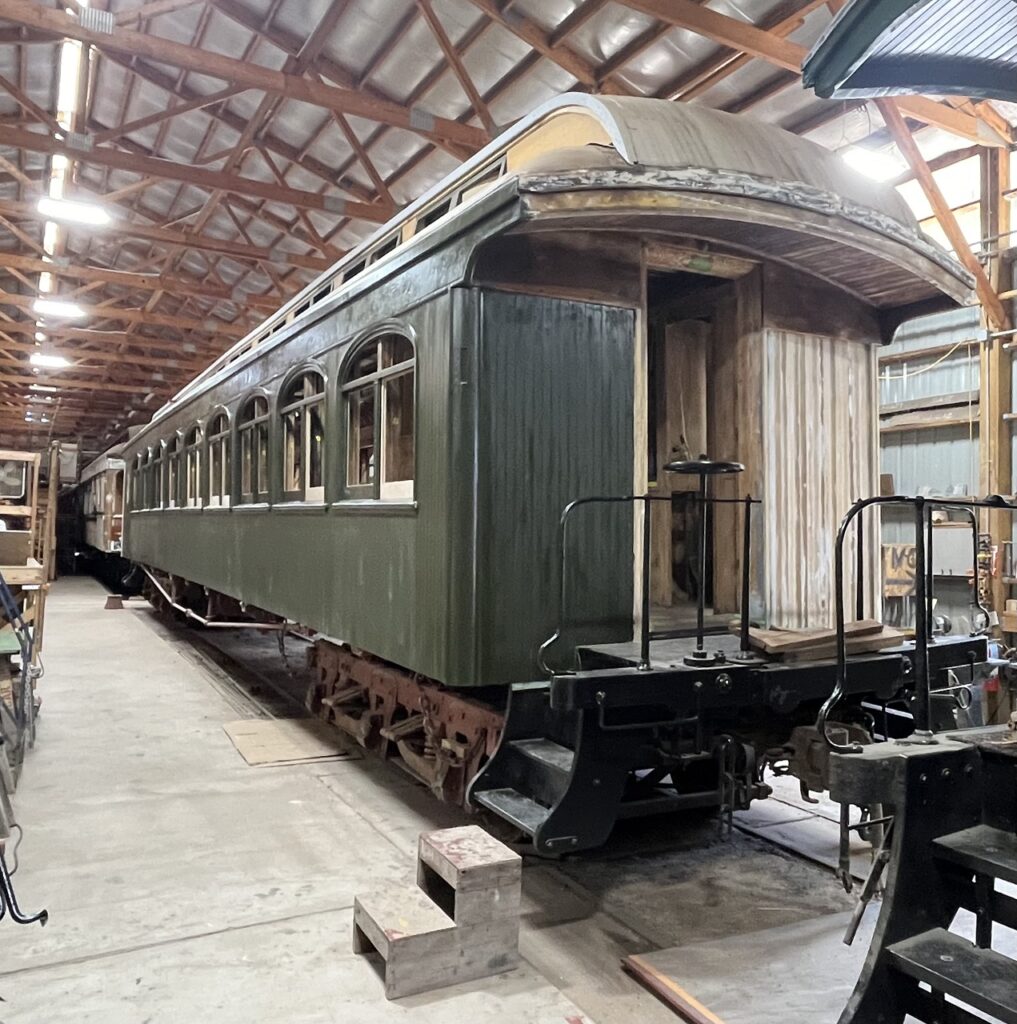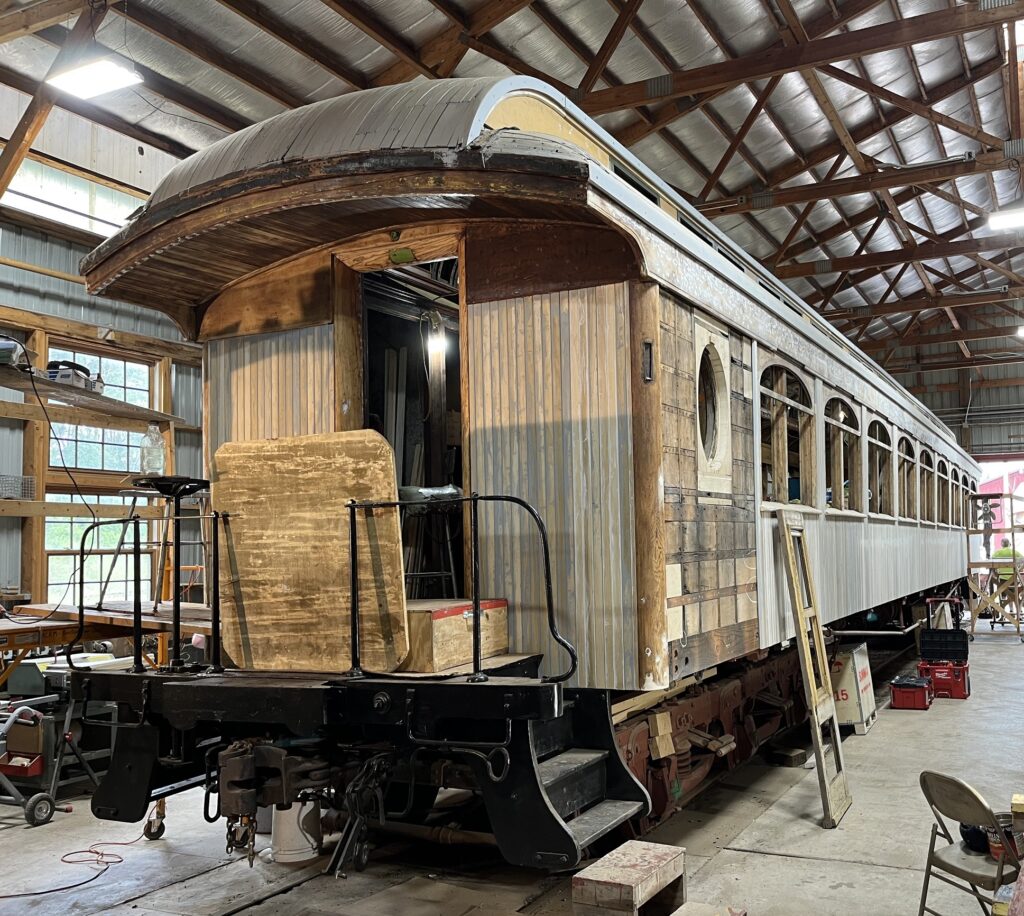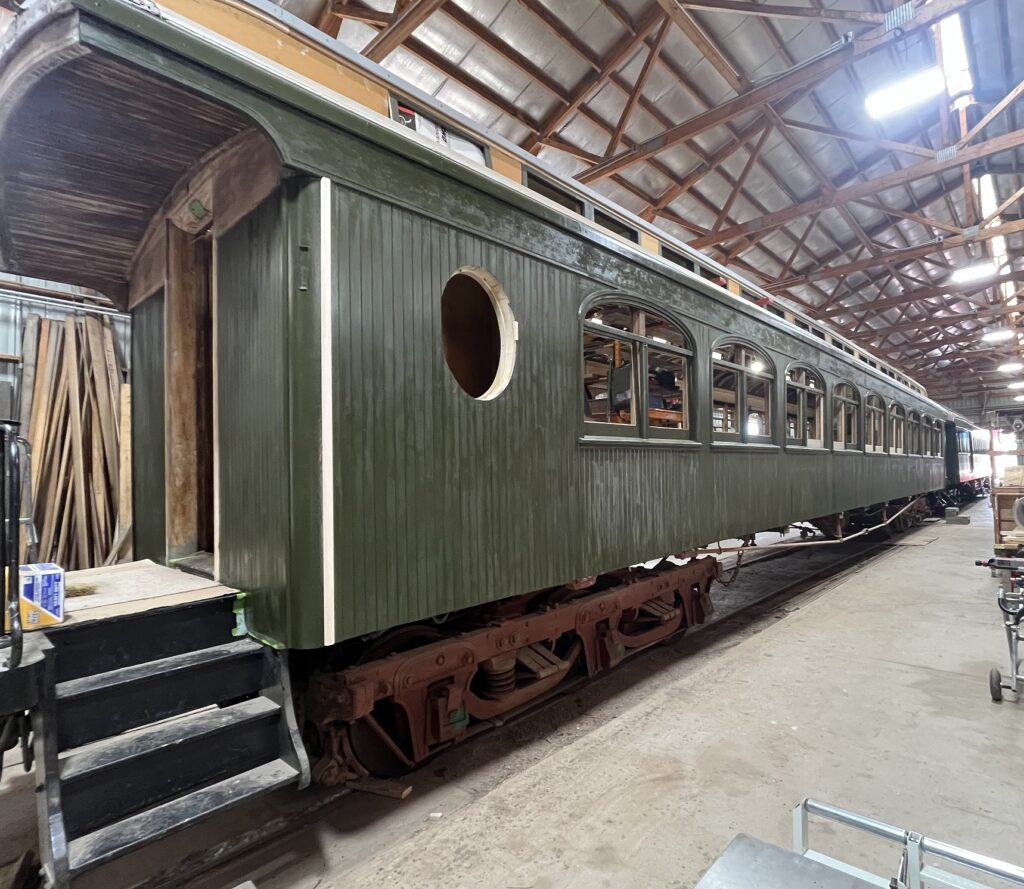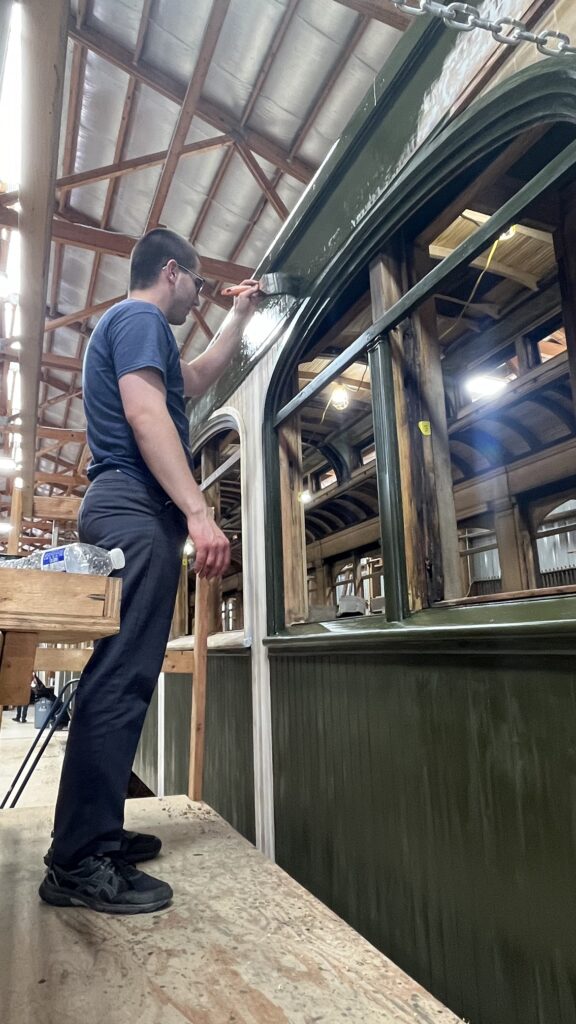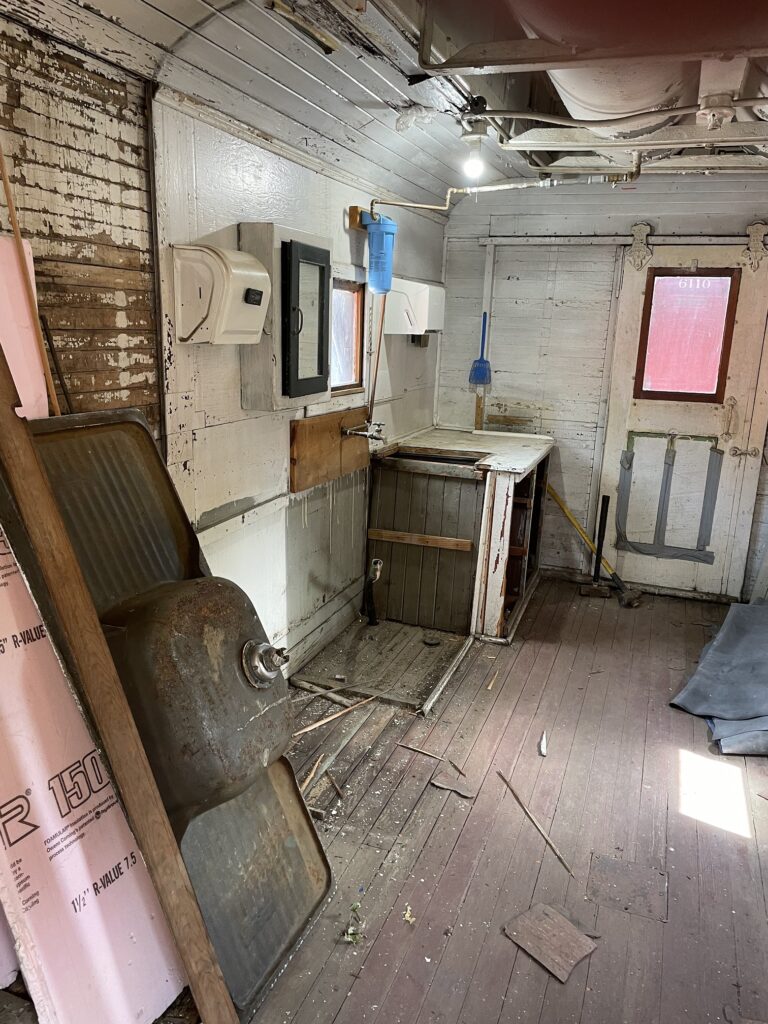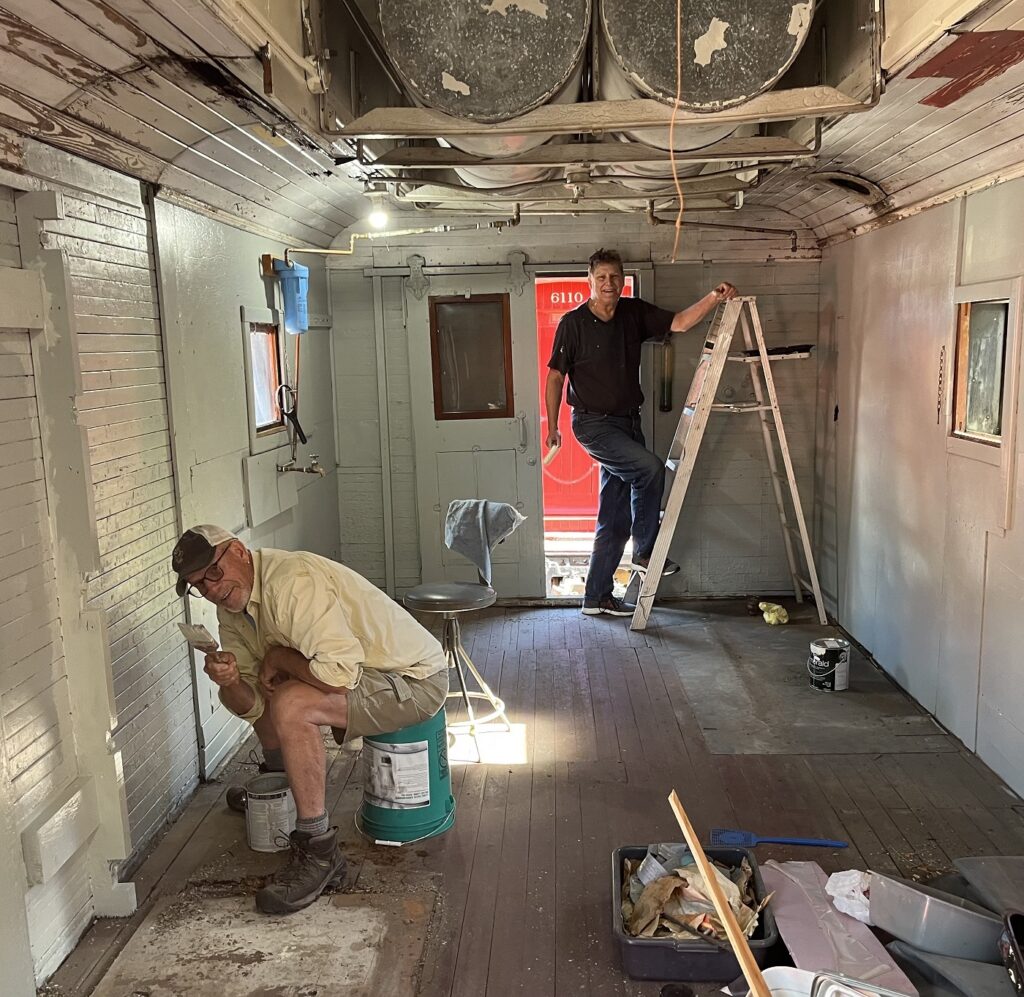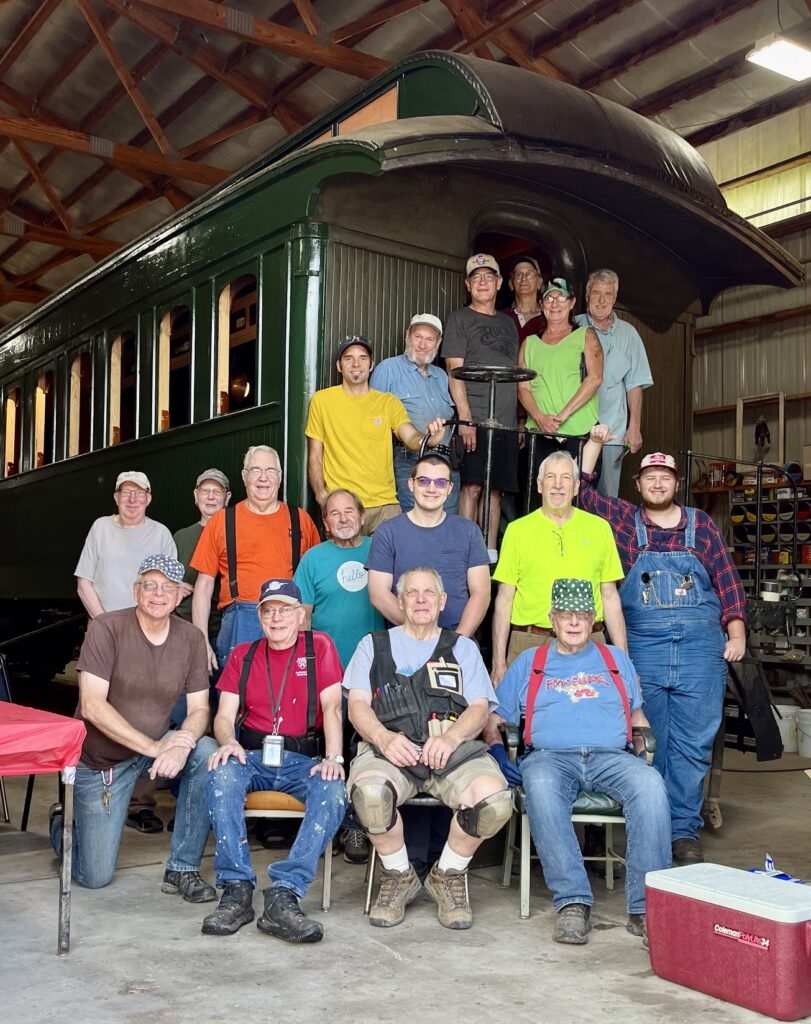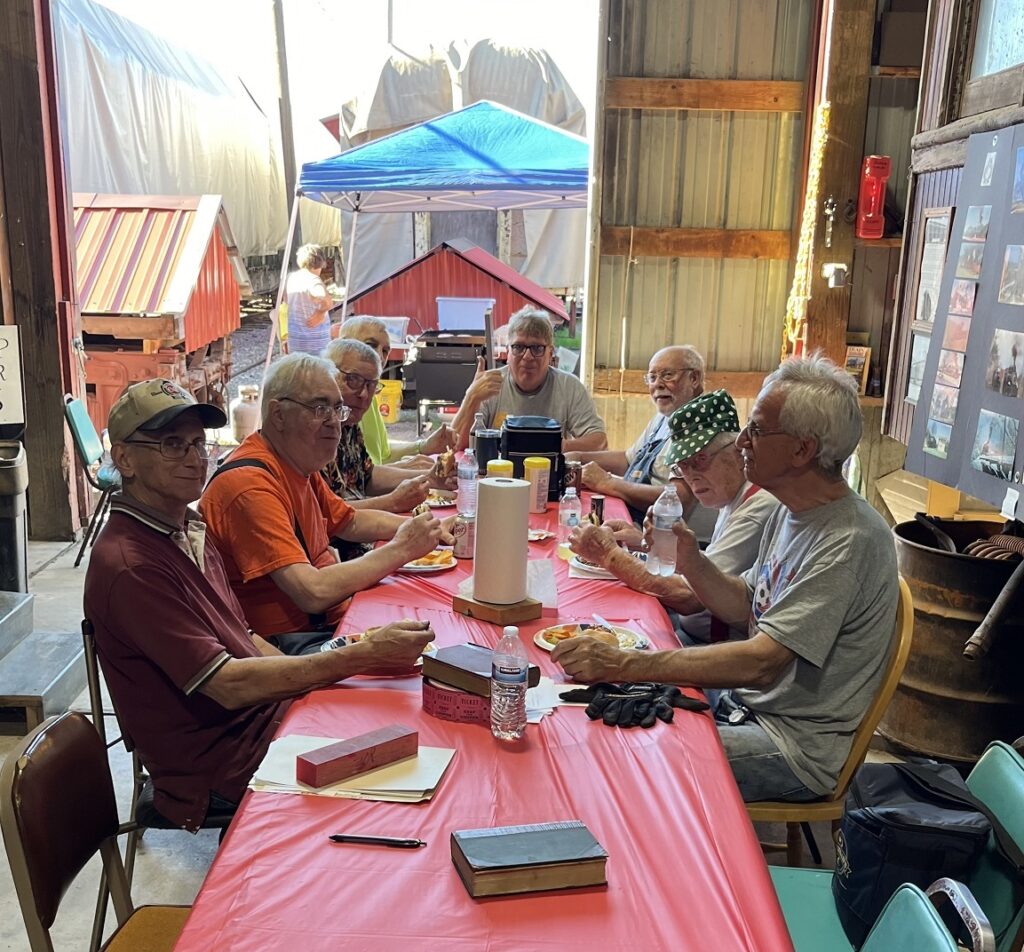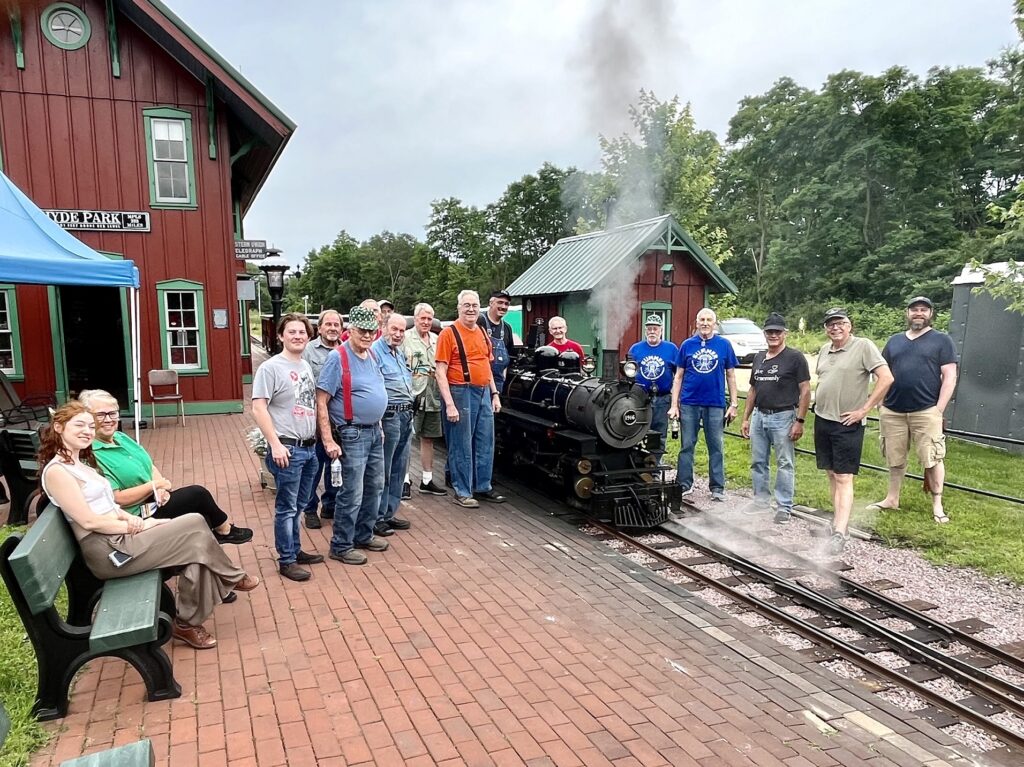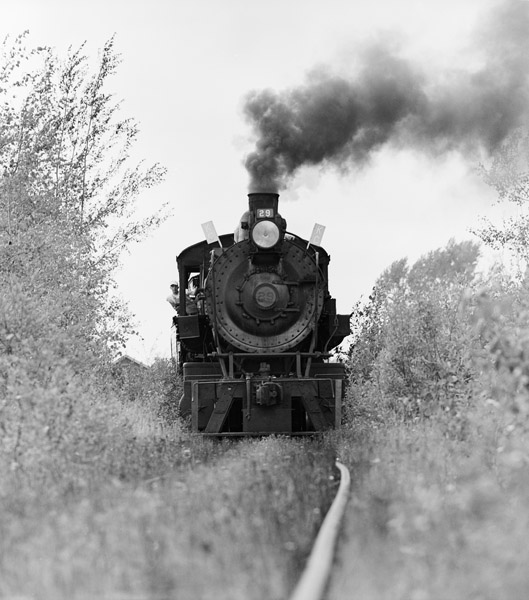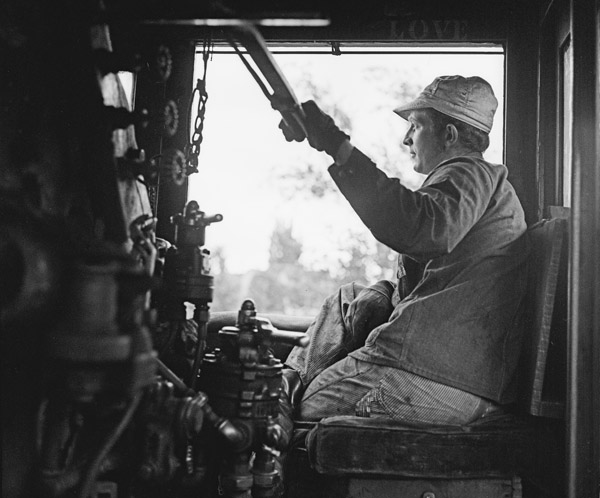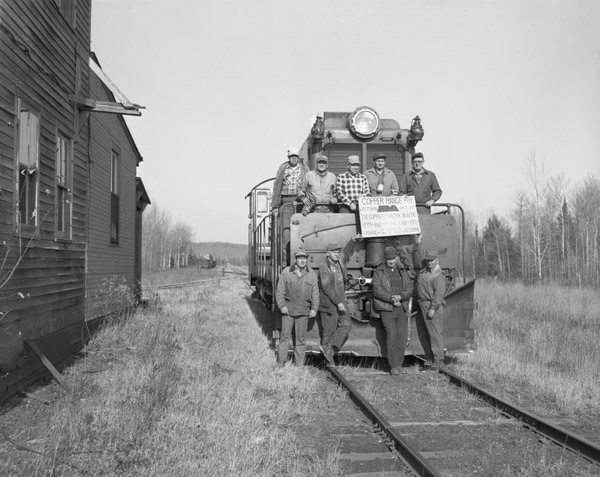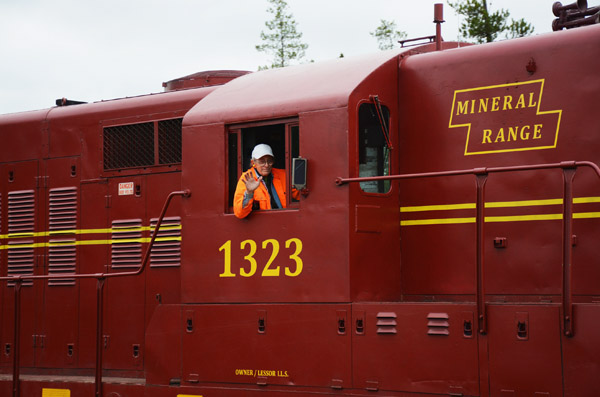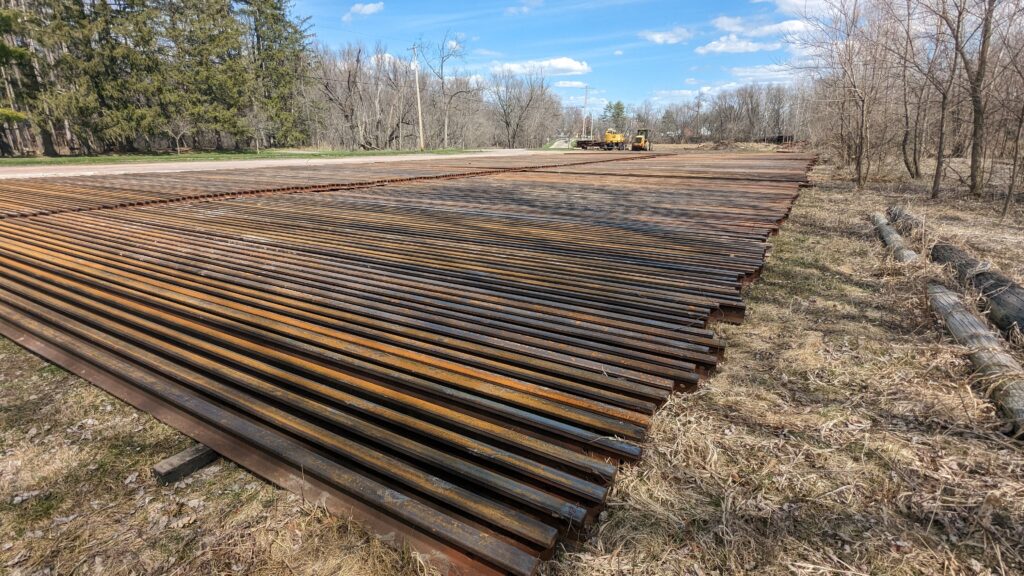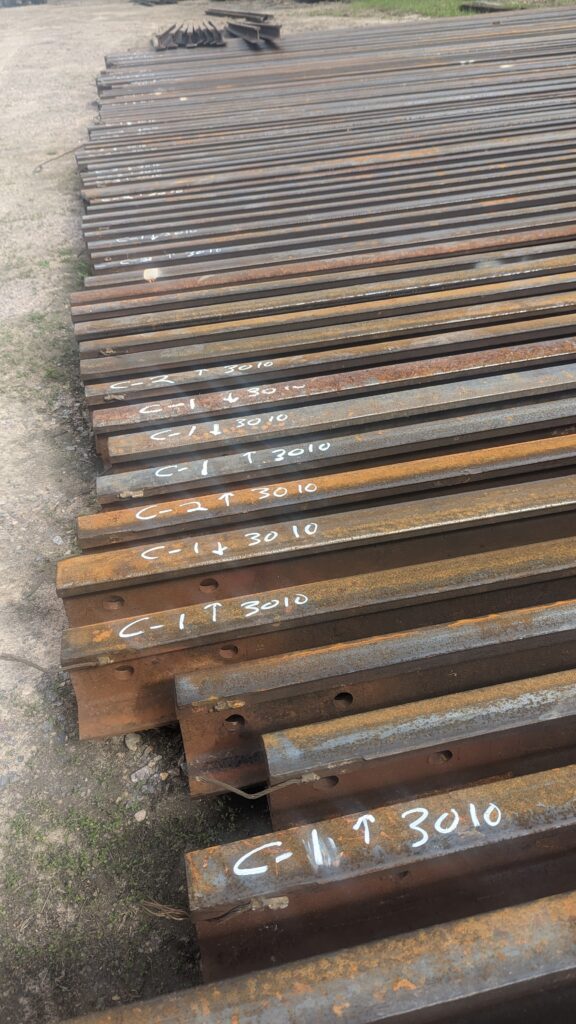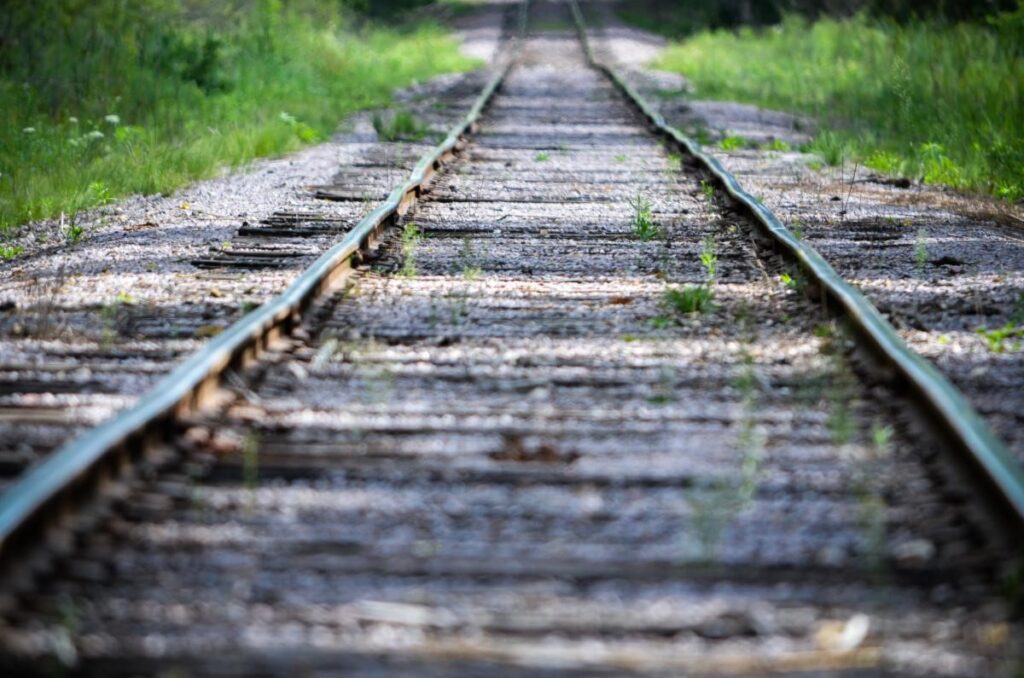
Members, Friends, and Supporters of the Mid-Continent Railway Museum
We are looking to complete the major overhaul of our rail line by the opening of the 2025 season. As you may recall, we have changed our worn out 60 lb. rail on the major curves and installed many truckloads of ties and raised the roadbed. This work is now completed and will allow many years of service by heavy engines like the #1001 and #1385. Then we purchased enough 90 lb. rail to do the rest of the line and laid it out along the main line.
We have obtained two bids. I will refer to them as Bid Package #1 and Bid Package #2.
Bid Package #1 will relay all rails not already replaced on the main line from the restoration building to the end of the track at the quarry. It will include increasing the runaround area at the quarry so we can run the #1385 around the train and operate as normal. It will include the installation of 12,470 track feet (2.36 miles) of relay rail and On-Track-Materials (OTM) on the main track and sidings areas (includes farm crossings, culvert, and all work tasks). Furnish and install 2,069 new cross ties on the main track and sidings. Add ballast and perform 12,847 track feet (2.36 miles) of machine surfacing on the main track and sidings. Construct new end of track earth berm using materials available on site.
Bid Package #2 will relay only rails on the main line from Ulrich Road to the last switch at the quarry (Project Areas 3-5). It will not repair and extend our run around track for the #1385, meaning we will have to push the train back to the station. It will include the installation of 11,472 track feet (2.17 miles) relay rail and OTM on main track and sidings. Install 1,600 new cross ties, add ballast, and perform 12,786 track feet (2.42 miles) of machine track surfacing on the main track and sidings in Areas 3 and 5.
After using all our unrestricted cash on hand, we are short $316,858.82 to do bid package #1 and short $79,080.92 to do bid package #2. We would like to do the whole project but unless we come up with the funds, we will not be able to do any of this work. I am asking all our members, friends, and supporters to help fund and spread the word about this project. We can start this work in December and have it completed by opening season 2025. With 1385 coming back in the summer of 2025 it will give us nice heavy rail supported by new ties to operate on. This work will give us many years of headache free operation regarding our rail line.
In this time of need no donation is too small. Please consider a donation and passing the word to all your friends, family, and fans of history and railroading. I want to thank you for your past support of the Mid-Content Railway Museum. If anyone would like more detailed information on this project, please contact me.
Sincerely,
Andy Spinelli
President
Mid-Continent Railway Museum
Donations can also be made by phone or mail. For assistance, contact our office staff at 608-522-4261.

